Essential Gear and Equipment for Videographers in 2025
Must-have cameras, lenses, microphones, and accessories for videographers with practical details, real user feedback, and price info to help choose the right gear.
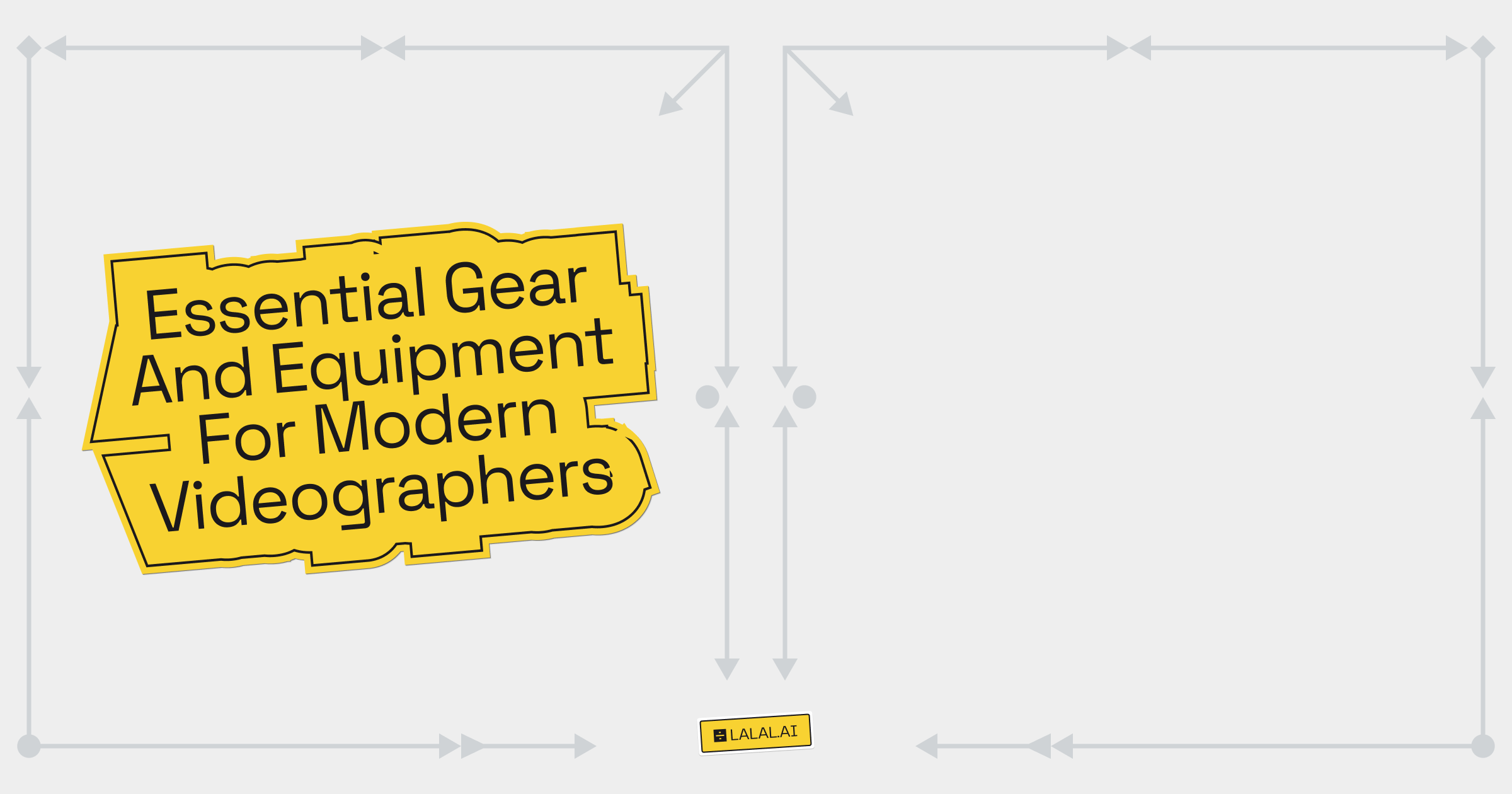
Videography requires more than just a good eye and creativity. The gear you choose can shape the quality and style of your videos significantly. From cameras to accessories, each piece of equipment plays a distinct role. Here’s a detailed look at essential videography gear, focusing on current popular choices, their features, pros, cons, prices, and user feedback.
Cameras
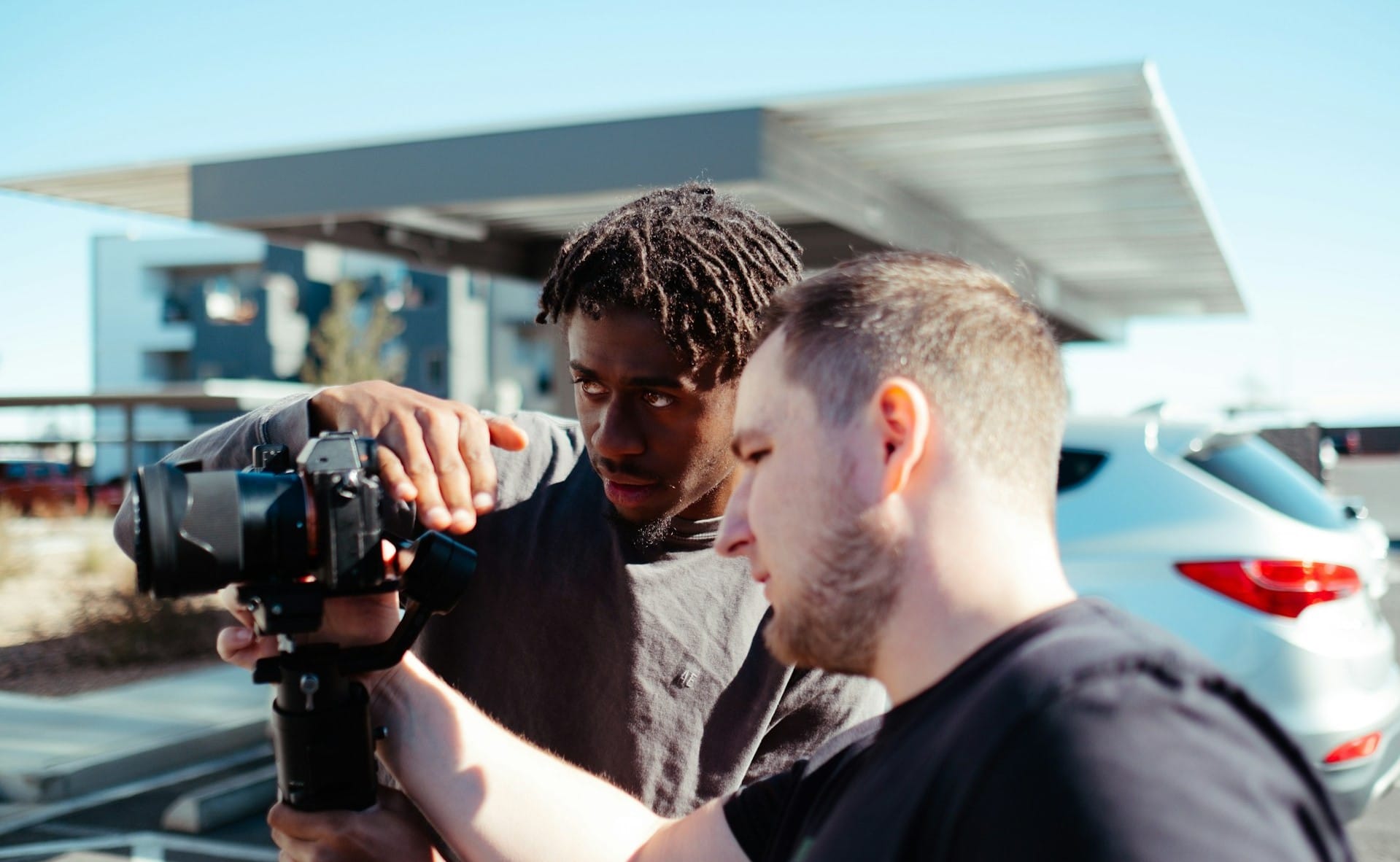
Sony A6700
Sony’s A6700 advances the APS-C mirrorless lineup by combining high-resolution imaging with robust video functions in a compact design. The camera features a 26-megapixel back-illuminated sensor that improves light gathering for cleaner images, especially in low-light conditions.
While shooting video, the A6700 offers 4K capture up to 60fps using nearly the full sensor width, with the ability to push to 120fps for slow-motion clips, albeit with some cropping. The internal 10-bit 4:2:2 recording capability benefits those who want greater color precision and flexibility in post-production grading. The fully articulating touchscreen enhances usability for vloggers and creators who shoot from multiple angles or in selfie mode.
Autofocus performance is a standout feature thanks to Sony’s AI-powered subject detection and tracking system. Covering a wide portion of the frame with 759 phase-detection points, the A6700 locks onto humans, animals, birds, insects, and vehicles with impressive accuracy. This makes it reliable for fast-moving subjects or spontaneous shooting scenarios. The built-in 5-axis image stabilization assists with handheld photography; however, video stabilization benefits are more limited, often requiring additional gear like gimbals for fully smooth footage.
Price: ~$1,400 (body only)
Strengths:
- High-resolution 26MP APS-C sensor with strong low-light performance
- Advanced AI-driven autofocus with multi-subject recognition
- 4K 10-bit 4:2:2 internal video recording with up to 120fps slow-motion
- Fully articulating vari-angle touchscreen for flexible shooting angles
- Long battery life and efficient processor for responsiveness
Drawbacks:
- Single UHS-II SD card slot limits backup options
- Possible overheating at 4K/120fps during extended shoots
- Video stabilization less effective than dedicated gimbals
- No AF joystick for faster manual focus control
Many reviewers and users highlight the camera's balance of portability with pro features. Some note the kit lens is often inadequate, recommending pairing with a better zoom like the Tamron 17-70mm for broader coverage.
Panasonic Lumix S5 II
Panasonic’s Lumix S5 II is built with video creators in mind, delivering impressive image quality alongside versatile recording options. The full-frame sensor allows for excellent control over depth of field and low-light performance, making it ideal for filmmakers who want cinematic shallow focus and clean images in dim environments. It supports up to 6K video capture, which provides extra detail and cropping flexibility not available with standard 4K shooters. The camera’s color science has been refined to offer natural skin tones, pleasing to editors who prefer to start with well-balanced footage.
In use, the S5 II shines with its dual image stabilization system, combining sensor-shift and lens optical stabilization to deliver steady handheld shots. Its autofocus uses contrast and phase detection points for accurate tracking, though some find it slightly less aggressive than Sony’s latest systems. The camera features a range of video profiles, including V-Log, appealing to users looking for maximum post-production latitude. Despite being compact for a full-frame camera, its robust weather-sealed body feels built for professional use without unnecessary bulk.
Price: ~$2,200 (body only)
Strengths:
- High-resolution full-frame sensor with excellent low-light capabilities
- 6K video recording providing enhanced detail and flexibility
- Combined 5-axis in-body and lens stabilization for smooth footage
- Wide range of video profiles for color grading flexibility
- Compact, weather-sealed body suitable for challenging environments
Drawbacks:
- 1.5x crop at 4K/60fps affects wide-angle shooting
- Autofocus, while solid, isn’t as fast or precise as some rivals
- Limited touchscreen functionality compared to competitors
- Battery life moderate for extended video sessions
Users acclaim the S5 II for delivering cinema-quality footage on a budget-friendly platform. Pro filmmakers appreciate its flexibility, though some mention that the crop factor is a consideration.
DJI Pocket 3
The DJI Pocket 3 stands out as an ultra-portable camera solution that fits easily into a pocket without compromising video stability or image quality for its size. Incorporating a built-in three-axis gimbal, it offers smooth handheld footage without requiring extra gear. The small sensor excels in good light, producing clear and vibrant 4K video, while AI-powered autofocus and subject tracking add ease for solo shooters and vloggers.
Its compact design makes it great for travel, quick shoots, and casual content creators who don’t want the bulk of interchangeable-lens cameras but still desire quality results. The selfie-friendly flip-out screen provides convenient framing, and the intuitive controls reduce setup time. Limitations include less manual control compared to larger cameras and reduced image quality in low-light situations due to the smaller sensor size.
Price: ~$350-$400
Strengths:
- Compact, portable design with built-in gimbal stabilization
- Smooth 4K footage with reliable AI autofocus and tracking
- Intuitive interface with selfie-friendly touchscreen
- Long battery life for all-day shooting on the go
Drawbacks:
- Smaller sensor limits low-light performance
- Less manual control compared to mirrorless cameras
- Fixed lens restricts creative framing options
- Audio capture limited without external microphone
Reviews emphasize Pocket 3’s convenience and excellent stabilization, making it a top pick for quick, handheld shots and vlog content, though it’s not suited for complex filmmaking.
Lenses
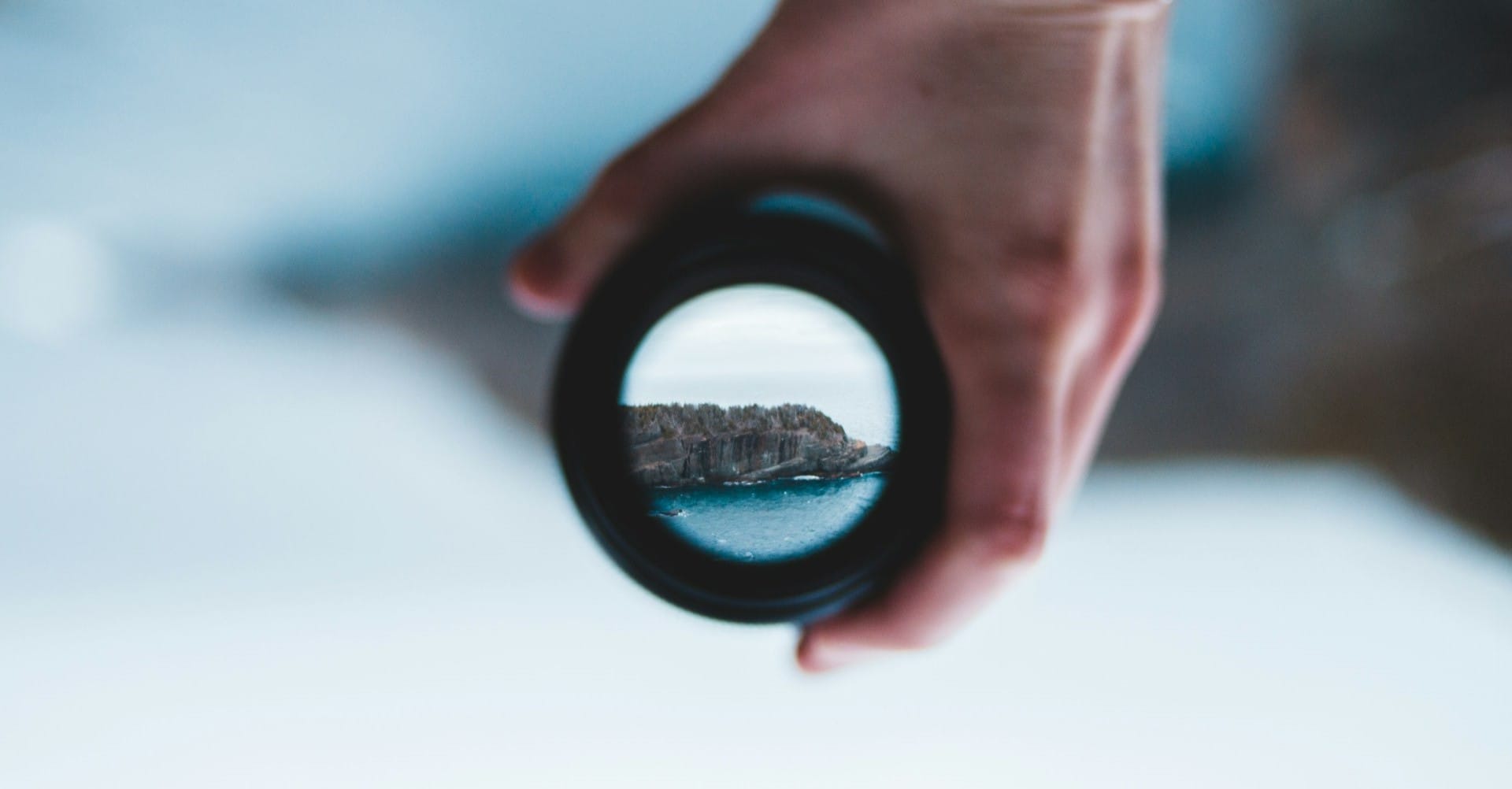
Tamron 17-70mm f/2.8 (for APS-C)
The Tamron 17-70mm f/2.8 covers a wide range of focal lengths from wide-angle to medium telephoto, all with a constant f/2.8 aperture. It allows videographers to maintain consistent exposure and achieve attractive background blur throughout the zoom range, especially useful in changing lighting conditions. The optical stabilization complements camera bodies that lack in-body stabilization, making handheld shooting more manageable.
Physically, the lens is relatively large and heavier than prime alternatives, but its sturdy build quality inspires confidence even during demanding shoots. The autofocus motor operates quietly and quickly, minimizing noise interference during recording. Its versatility makes it a strong candidate for one-lens setups, from event documentation to travel videography.
Price: ~$800
Strengths:
- Wide zoom range with bright, constant f/2.8 aperture
- Built-in optical image stabilization
- Quiet, fast autofocus suitable for video
- Solid build and weather-resistant construction
- Great all-in-one lens for APS-C mirrorless cameras
Drawbacks:
- Larger size and weight than primes
- Slight focus hunting in challenging lighting
- Cost higher than basic kit lenses
Many users appreciate its versatility and sharpness for video and photos, and consider it a valuable all-in-one lens for APS-C cameras like the Sony A6700.
Sigma 18-50mm f/2.8
This Sigma lens prioritizes lightweight construction and high image quality in a smaller form factor. Its 18-50mm focal range covers important wide-to-normal angles while its f/2.8 aperture is suitable for shallow depth of field and low light. Though it doesn’t feature built-in stabilization, it pairs well with camera bodies that provide IBIS.
Its quiet autofocus is great for video recording, avoiding sound interference. The lens is a popular choice for creators aiming to keep gear minimal without sacrificing sharpness. Its smaller size and lower price make it attractive for travel or run-and-gun shooting, though its zoom range may feel limited for some.
Price: ~$380
Strengths:
- Compact, lightweight design
- Sharp optics with f/2.8 constant aperture
- Quiet autofocus motor suitable for video
- Affordable alternative to larger zoom lenses
Drawbacks:
- No optical stabilization included
- Narrower zoom range than some competitors
Users love the lens for lightweight setups but note the absence of stabilization means pairing with cameras having IBIS is preferable.
Sigma 30mm and Viltrox 25mm Primes
Prime lenses such as the Sigma 30mm f/1.4 and the Viltrox 25mm f/1.7 are favored for creating images with beautiful bokeh and excellent sharpness. Their bright apertures let videographers shoot in low light with greater control of exposure and depth of field.
These lenses are small and lightweight, so they’re pretty easy to carry and use handheld for extended periods. They open opportunities for creative focus pulls and cinematic techniques that require shallow focus effects.
Price: Sigma 30mm around $300; Viltrox 25mm about $180
Strengths:
- Wide apertures for low-light and shallow depth of field
- Compact and light for comfortable handheld use
- Excellent sharpness and optical performance
- Cost-effective options for prime lenses
Drawbacks:
- Fixed focal length limits framing flexibility
- May require additional lenses for varied shooting
These lenses are popular for interviews, portraits, and controlling depth of field, with users enjoying their lightweight design and image quality.
Audio Gear
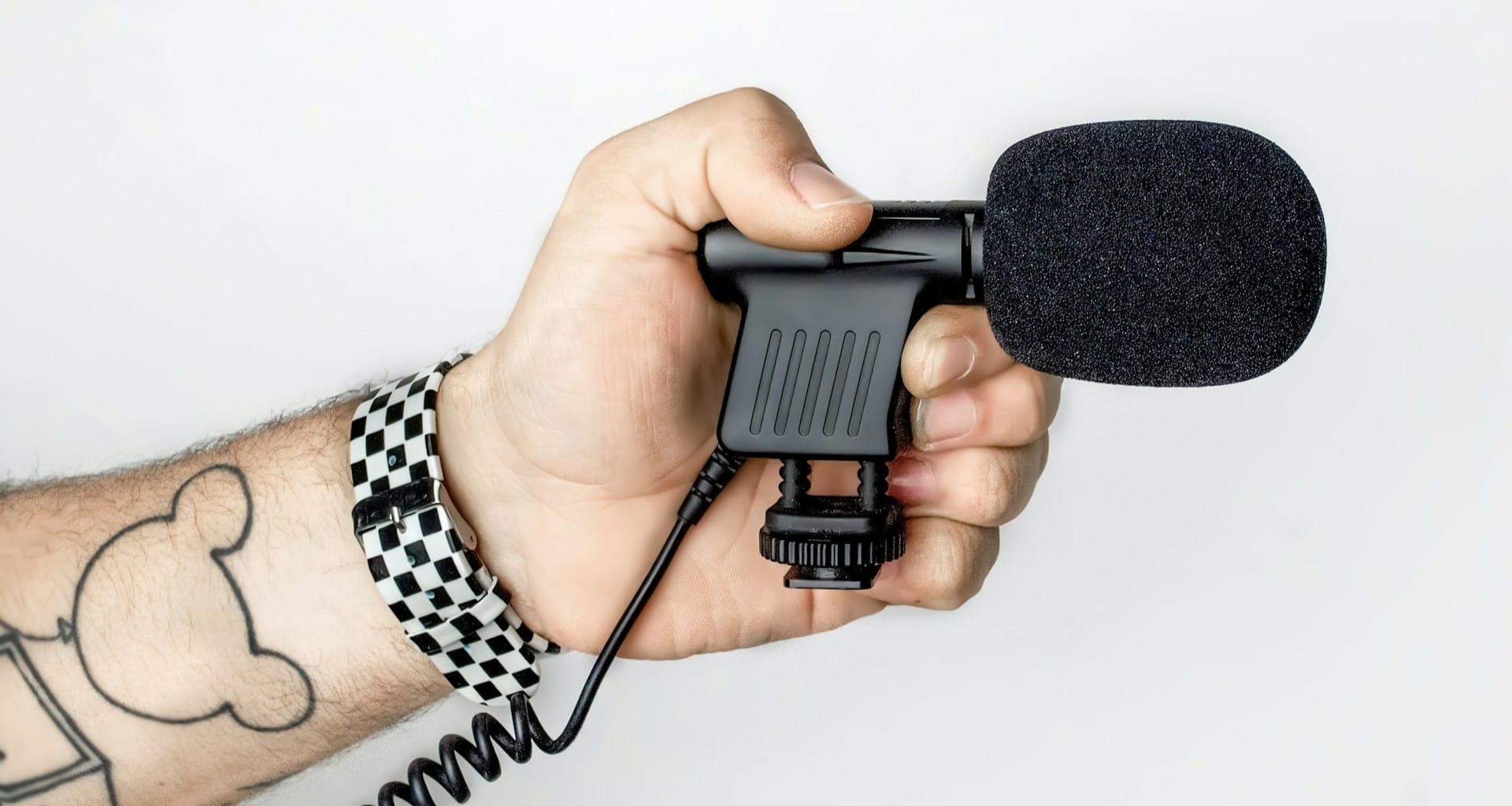
Deity D3 Pro Shotgun Microphone
The Deity D3 Pro is appreciated for its ability to isolate voice and reduce ambient noise. The microphone’s sensitivity and directional focus help capture natural-sounding dialogue without excessive background interference. It requires phantom power but is versatile for many configurations. Filmmakers value its reliability and audio clarity that surpass typical built-in camera microphones.
Price: ~$250
Strengths:
- Focused audio capture with reduced background noise
- Durable, weather-resistant build
- Compatible with most camera setups via 3.5mm jack
- Clear, natural voice reproduction
Drawbacks:
- Higher cost for entry-level users
- Requires phantom power for optimal use
Users frequently recommend this mic for field interviews and controlled environments, citing its sound clarity and rugged design.
Movo VXR10 Budget Shotgun Microphone
The Movo VXR10 offers an affordable alternative for those entering video production. It significantly improves audio quality over internal camera microphones, capturing clearer and more focused sound. Its compact, lightweight design allows easy mounting directly on camera hot shoes.
While it lacks the refinement and range of premium models, this microphone suits controlled indoor environments and simple workflows well. Its plug-and-play nature and reasonable price point make it a favorite starter audio solution for vloggers and hobbyists.
Price: ~$45
Strengths:
- Affordable, simple setup
- Noticeable improvement over built-in camera mics
- Compact and lightweight
Drawbacks:
- Limited range and sensitivity
- Build quality less robust than higher-end models
User feedback is positive for starters, though many upgrade after gaining experience.
Hollyland Lark Max 2 Wireless Lavalier System
Wireless lavalier systems like the Hollyland Lark Max 2 free videographers from cables while maintaining professional audio quality. Its compact transmitters attach discreetly to talent, while the receiver pairs easily with cameras or recorders. The 32-bit float recording capability is a standout, capturing a wide dynamic range to keep audio clean in loud or quiet environments.
Price: ~$300
Strengths:
- Compact, reliable wireless audio transmission
- Wide dynamic range via 32-bit float recording
- Easy pairing and discreet mic placement
- Suitable for interviews and moving subjects
Drawbacks:
- Frequency management needed in crowded RF zones
- Slightly higher price point than basic wireless sets
Many creators praise the ease of use and professional results, especially in interviews and talking head videos.
Stabilization Tools

DJI RS4 Gimbal
The DJI RS4 gimbal transforms handheld shots into smooth, professional-looking sequences by stabilizing camera movement across three axes. The robust motors counteract shake and jitters, enabling fluid pans, tracking, and dynamic motion shots without bulky steadicams. The gimbal’s ability to support various camera setups allows filmmakers to use it with mirrorless or DSLR bodies efficiently.
Price: ~$850
Strengths:
- Effective three-axis stabilization for smooth footage
- Supports a wide range of camera sizes and accessories
- Durable build and versatile rigging options
Drawbacks:
- Requires time to learn balancing and operation
- Adds weight and bulk to shooting rig
Users find it invaluable for run-and-gun projects and steady tracking shots, though it’s less practical for very mobile setups.
Yulanzi JJ06 Tripod
Steady shots often demand a reliable tripod, and the Yulanzi JJ06 balances portability with stability. While not as tall as some studio tripods, it adequately supports mirrorless and smaller DSLR cameras for interviews, time-lapses, or stable cinematic shots. Setup is quick with flip-lock legs, and its compact folded length fits most camera backpacks.
Price: ~$100
Strengths: Lightweight, compact, sturdy enough for standard camera sizes.
Drawbacks: Limited height compared to larger pro tripods.
User reviews highlight its portability and strength as daily carry gear for travel videographers.
Filters
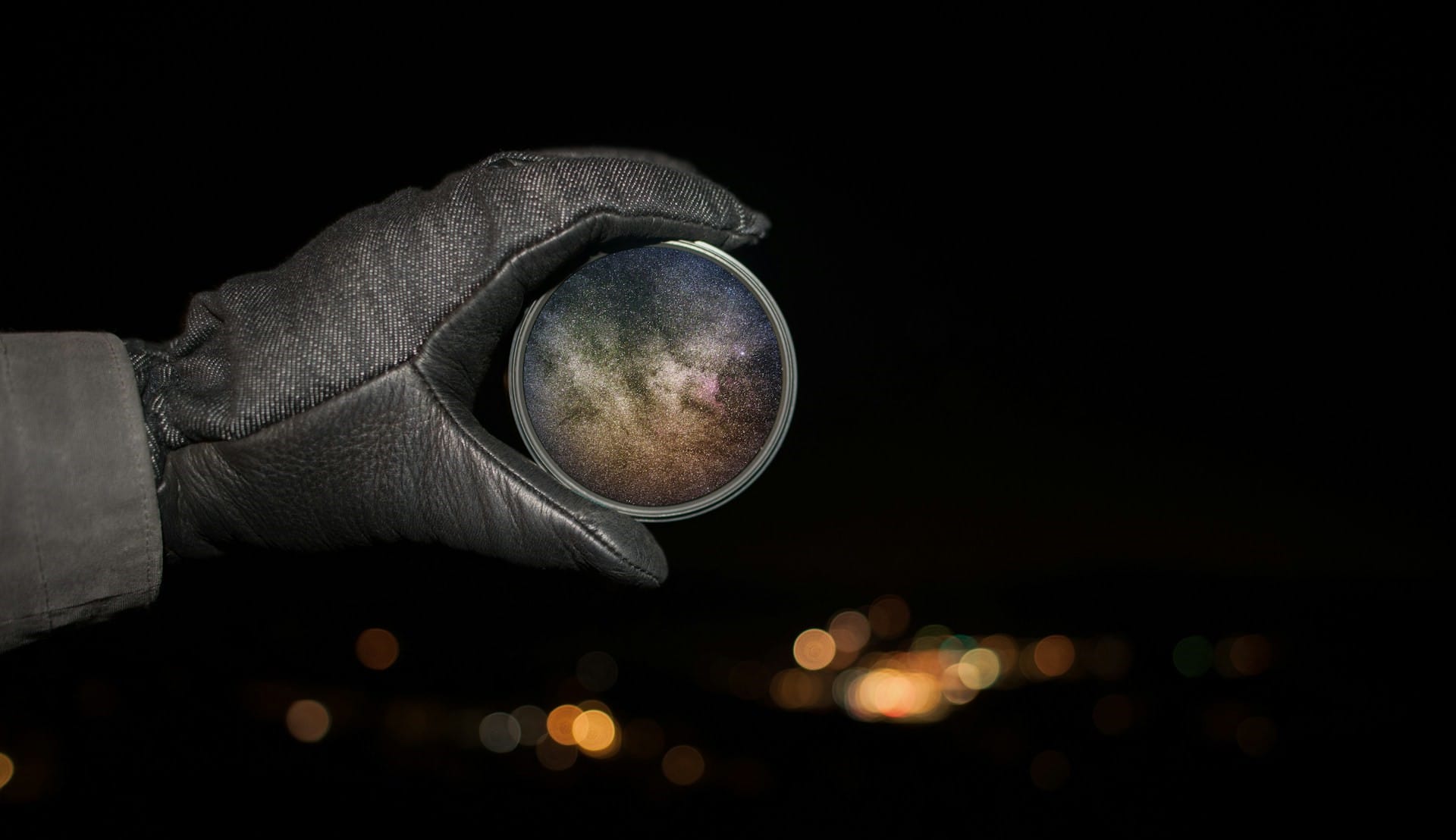
Freewell Variable ND Filters
Variable neutral density filters, like Freewell’s range, let videographers regulate light exposure without changing aperture or shutter speed. This control is crucial for maintaining cinematic motion blur in bright conditions. The slim profile reduces vignetting, and the smooth variable adjustment facilitates subtle exposure changes on the fly. Built with quality optical glass, these filters preserve image sharpness and color fidelity. Magnetic and threaded options cater to lens preferences.
Price: Starting at $120
Strengths:
- Adjustable light reduction for flexible exposure
- High optical clarity and minimal vignetting
- Slim design compatible with wide-angle lenses
Drawbacks:
- Potential light leaks in magnetic filter versions
- Requires care in mounting and cleaning
Users appreciate how the filters enable creative control outdoors but advise careful handling to avoid light leaks with magnetic models.
Storage and Power
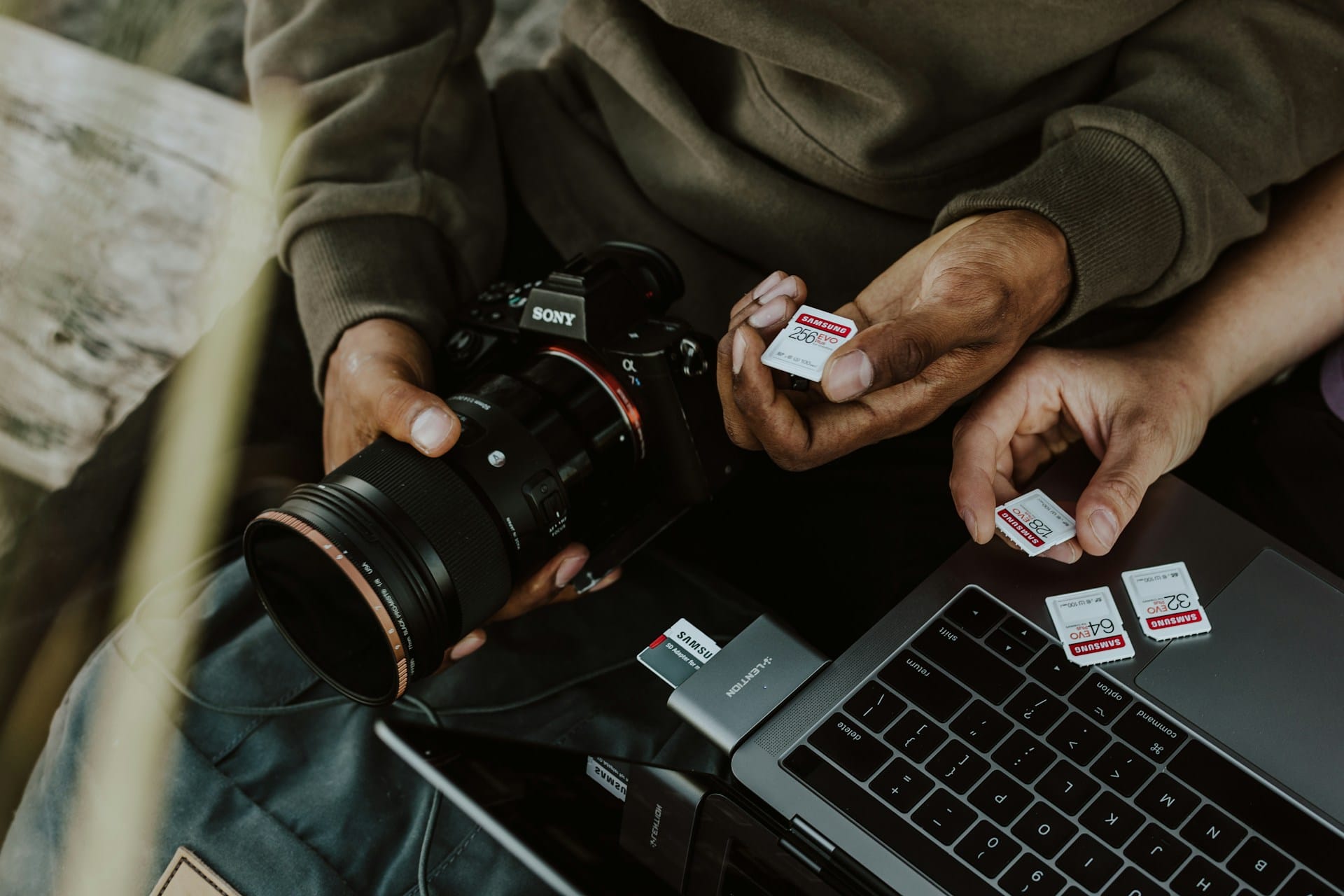
Angelbird SD Cards
Fast, dependable storage is a backbone of video work, and Angelbird SD cards deliver consistent performance with high write speeds suitable for 4K and higher bitrate recording. Their rugged build resists extreme temperature, water, and shocks, protecting valuable footage during field use.
Videographers relying on Angelbird praise the cards’ reliability and longevity, noting fewer dropped frames or file corruptions compared to budget brands. While they come at a premium price, their robustness and performance justify the investment for professional work.
Price: ~$100 for 128GB (UHS-II)
Strengths:
- High sustained write speed for smooth recording
- Durable, resistant to environmental hazards
- Trusted by professionals for critical jobs
Drawbacks:
- Higher price point than mass-market alternatives
Users trust Angelbird cards for heavy video workloads, often stating they outperform cheaper options in stability and longevity.
Battery Options
Extra batteries are a must. Third-party brands like Nightcore offer cost-effective alternatives to Sony’s pricey official batteries, with users reporting good reliability despite warnings from cameras about third-party use.
Price: ~$60-$80 per battery.
Strengths: More affordable, decent battery life.
Drawbacks: Some cameras may display warnings, minor compatibility concerns.
Follow LALAL.AI on Instagram, Facebook, Twitter, TikTok, Reddit, and YouTube for more information on all things audio, music, and AI.
